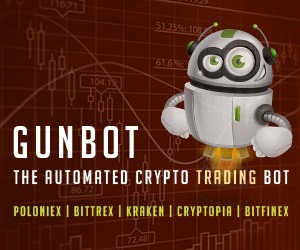Bitcoin has seen over the past year both its value and popularity explode. Hitting over $51,000 at the time of publication of this story, the cryptocurrency was once viewed as mysterious by many a decade ago. It’s now seen as largely mainstream: Major financial names like PayPal (PYPL) – Get Report and Visa (V) – Get Report today offer crypto services and increasingly more online retailers are accepting the digital currency. Even tech giant Nvidia (NVDA) – Get Report has created a new chip made just for cryptocurrency mining. (Cryptocurrencies, which lack a central banking system, can be digitally “mined” for new currency, offering big paydays for lucky digital diggers.)





